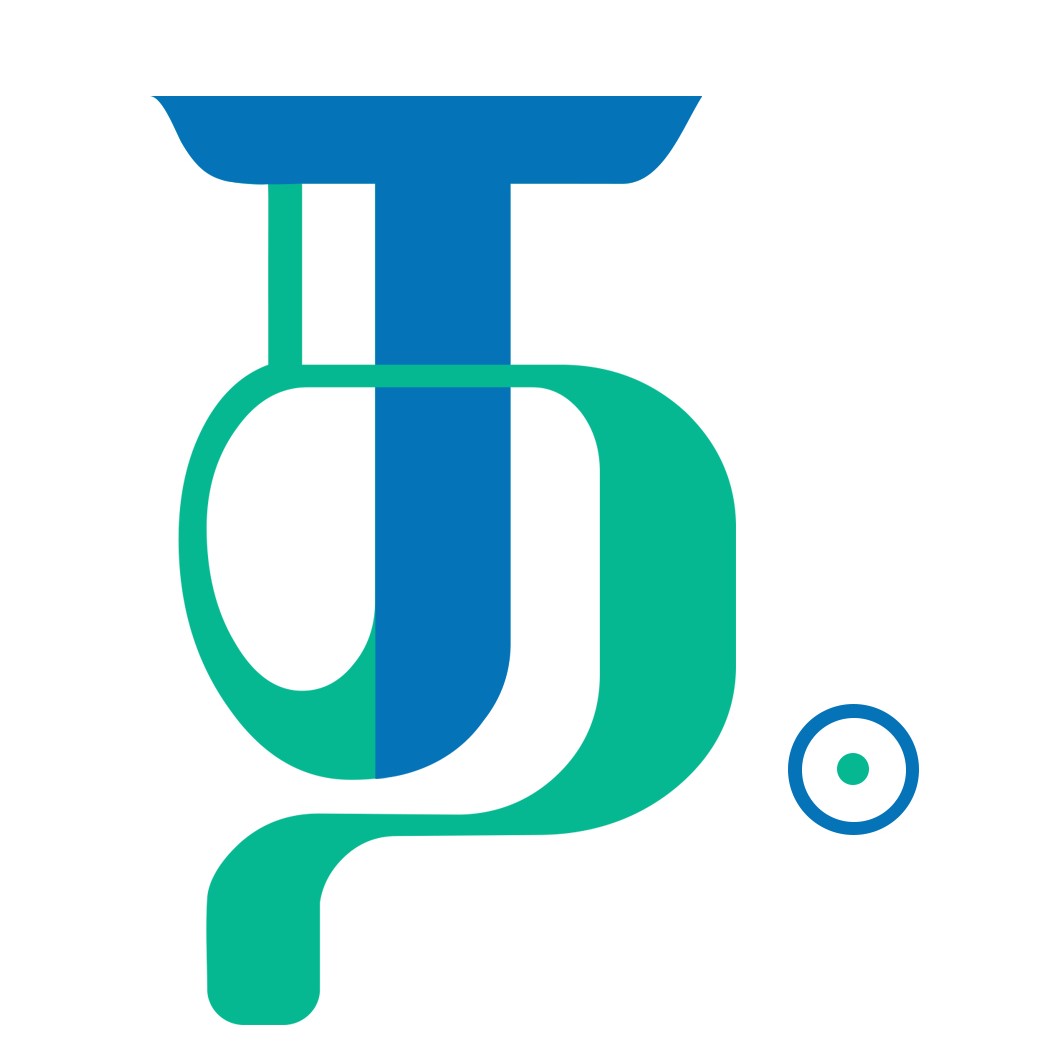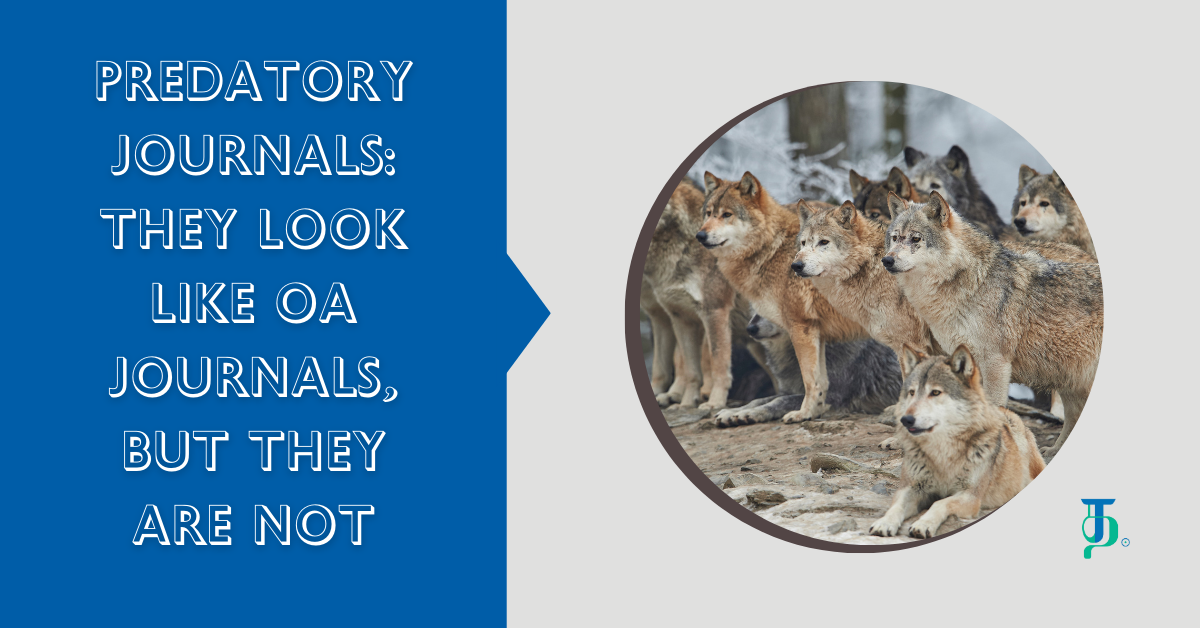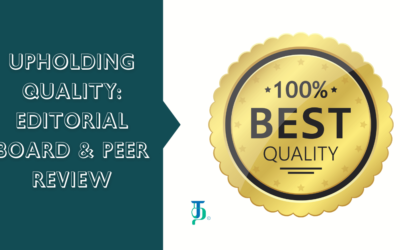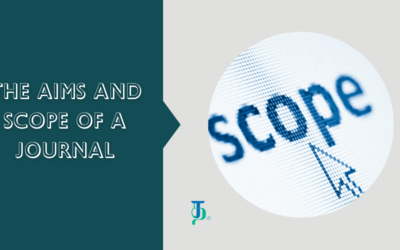Most researchers think about publishing a paper at a later stage, especially when the institution insists on publications or when the researcher is about to submit his or her synopsis. They do not have sufficient time to identify a good journal to publish their paper. As in any field, bad players in the field of publishing exploit this opportunity to deceive the anxious researcher and extract money. These bad players, called predatory publishers, look genuine, and it is easy for anyone to fall prey to them unless a thorough analysis is made. They take advantage of open access journals charging money (article publishing charges) and pose themselves as authentic OA journals.
They are, however, wolves in disguise ready to prey on the gullible researcher.
(If you haven’t already, you may read about our previous article on open access here. This article is part of the series “Basics of Publication”.)
What is predatory publishing?
Predatory publishing is an exploitative business model that charges publication fees to authors just as open-access publishers, but without providing the necessary editorial and publishing services. While open access is a legitimate and valuable model for disseminating research and contributing to the democratization of knowledge, these fake journals exist only for financial gains and not for academic advancements.
Publishing in a predatory journal can have significant detrimental effects for you. By associating yourself with a journal known for substandard or predatory practices, you risk damaging your own credibility and professional reputation.
Publications in predatory journals are not recognized or valued by academic institutions, potentially affecting promotions, grants, and tenure decisions. Despite investing time and effort in preparing those manuscripts, your work only receives limited visibility and does not contribute meaningfully to the academic community.
Fortunately, there are ways to identify these dubious publishers.
How can one identify predatory publishers?
Here are some indicators that a journal may be from a predatory publisher:
Spam emails: Have you ever received an email from a so-called Nigerian prince or princess who is willing to share their assets worth crores of rupees? They sound so good to be true, right? The moment you read the email, you know that it is a fake call.
Like the “Nigerian Prince” email scam, predatory journals target authors and editorial board members with unsolicited proposals via email. The tone and frequency of such spam emails from predatory journals can be more aggressive and may lack professionalism. Researchers must be exceedingly wary of cold calls from these fraudsters as reputable journals do not engage in such practices.
Fake indexing claims: Predatory journals often falsely claim to be listed or indexed by reputable services like DOAJ, Scopus, or Web of Science. Even though a journal claims an impact factor or inclusion in a disciplinary index, you must independently verify the authenticity of those details by cross-checking the information from the relevant sites.
For example, if a journal claims that they are indexed in Scopus, you must check that the Scopus site includes this journal. If the journal is not listed in the Scopus site, then it is a sign of trouble.
Misleading journal titles: Some predatory journals intentionally choose names that sound like well-established and reputable journals. Names starting with “International Journal of…”, and “Indian Journal of…” may seem like genuine names but are just a wolf in academic robes. Their websites usually mimic the style of well-established journals with poor grammar or writing skills. Researchers may be misled into submitting their work to these counterfeit journals, thinking they are submitting to a legitimate open-access outlet.
Once you have selected a journal, look up the internet to see if there are any other journals with a similar name. If so, check the validity of both journals by doing a thorough analysis.
Rapid publication without proper quality checks: A legitimate open-access journal prioritizes timely publication but is committed to rigorous quality checks through peer review and editorial scrutiny. Predatory journals fail to meet established peer review standards and often promise unrealistically swift peer review turnaround times, sometimes within days.
So, if a journal promises publication in a few days or a week, then run without looking back!
Excessive fees: These journals often do not provide detailed information about author fees, editorial policies, or peer review. They notify you with a hefty fee after your paper is “accepted”.
Before you decide to submit your paper, check if they make it clear on their website or author guidelines about the fees they charge, what these are for, and when they will be charged. In particular, if they demand that you pay a fee upfront at the time of submission, again run without looking back!
False locations and fake board members: Predatory journals do not provide legitimate contact information, like phone numbers and mailing addresses, and make fraudulent claims about their publishing operations, such as a bogus location. Predatory journals may even list reputable scholars on their editorial boards without their knowledge or approval.
What tools are available to identify predatory journals?
Identifying predatory publishers can be challenging, but there are several tools and resources available to help researchers evaluate the legitimacy and credibility of journals. Here are some tools and strategies:
- Think.Check.Submit Checklist: This checklist is a tool that guides you in discovering what you need to know when assessing whether or not a publisher is suitable for publishing your research. It includes questions about the journal’s editorial process, peer review, indexing and much more.
- Beall’s List: The term “predatory journals” was first coined by librarian Jefferey Beall. He initiated and maintained a list of journals which could be potentially, possibly, or probably predatory. Although not actively maintained, Beall’s List is an archived version providing historical information about predatory publishers.
- Cabell’s Blacklist: Cabell maintains a blacklist of deceptive and predatory journals. While some features are behind a paywall, the list is available to institutions and researchers subscribing to their service. Beall’s list was not transparent about the criteria for including journals whereas Cabell’s list explicitly mentions 65 violation criteria.
- University Grants Commission CARE: Regulatory bodies in India, such as the University Grants Commission (UGC), have taken steps to address the issue of predatory publishing. The Consortium of Academic and Research Ethics (CARE) maintains a list of journals that are considered legitimate for academic purposes and has encouraged researchers to avoid publications in predatory journals.
- Institutional resources: Many universities and research institutions in India provide you with guidelines, checklists, or workshops on identifying predatory publishing. Some author services and publishing integrity tools, such as iThenticate and Turnitin, can help you check for plagiarism and ensure the originality of your work.
As a researcher, you must exercise due diligence when choosing where to publish and prioritize reputable and ethical outlets to safeguard your professional standing and contributions to your field.
In this series, we have so far explored the types of journals based on access followed by an article on open access and subscription models of publishing. Our next article will throw light on the different OA policies provided by journals and how you should take a decision based on these details.




